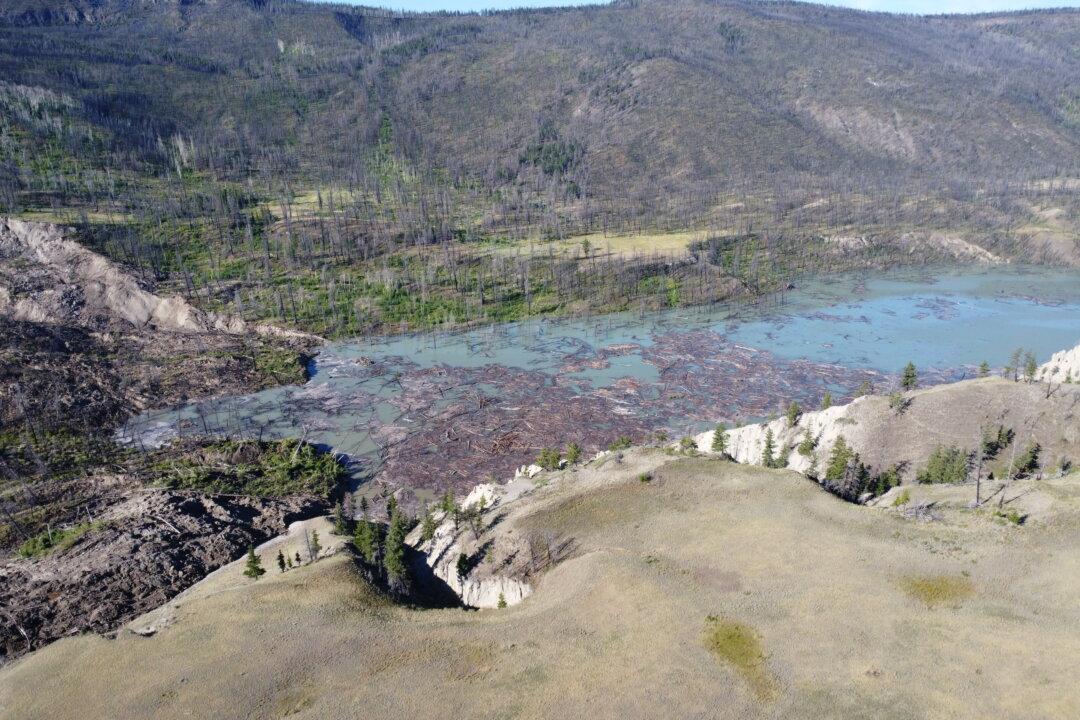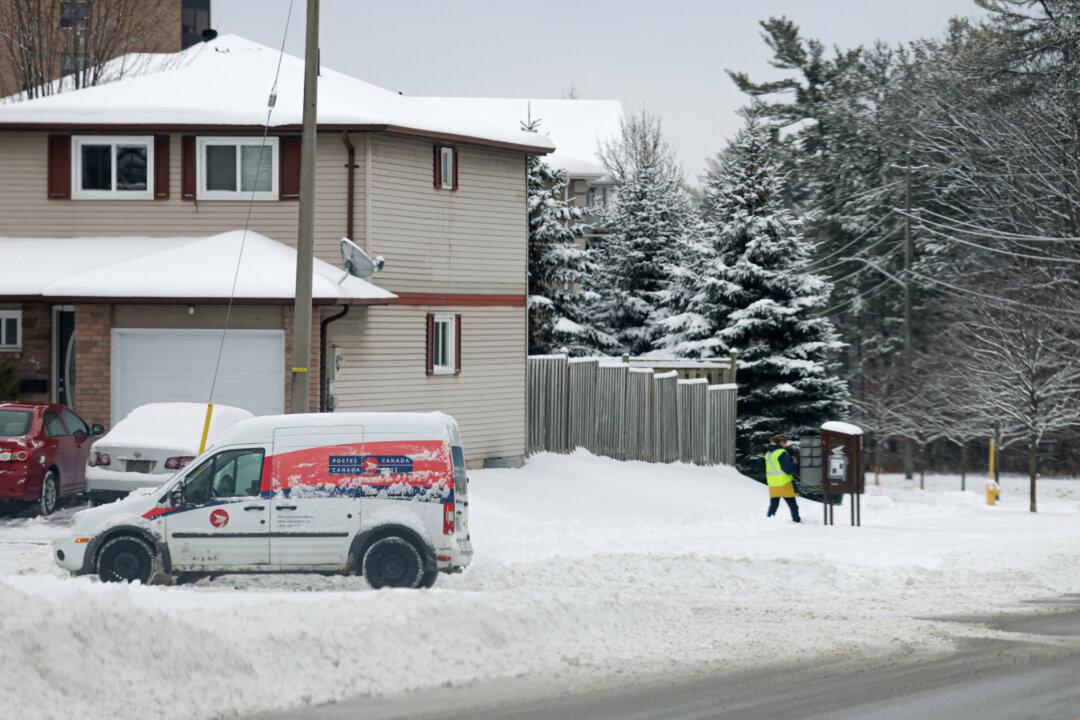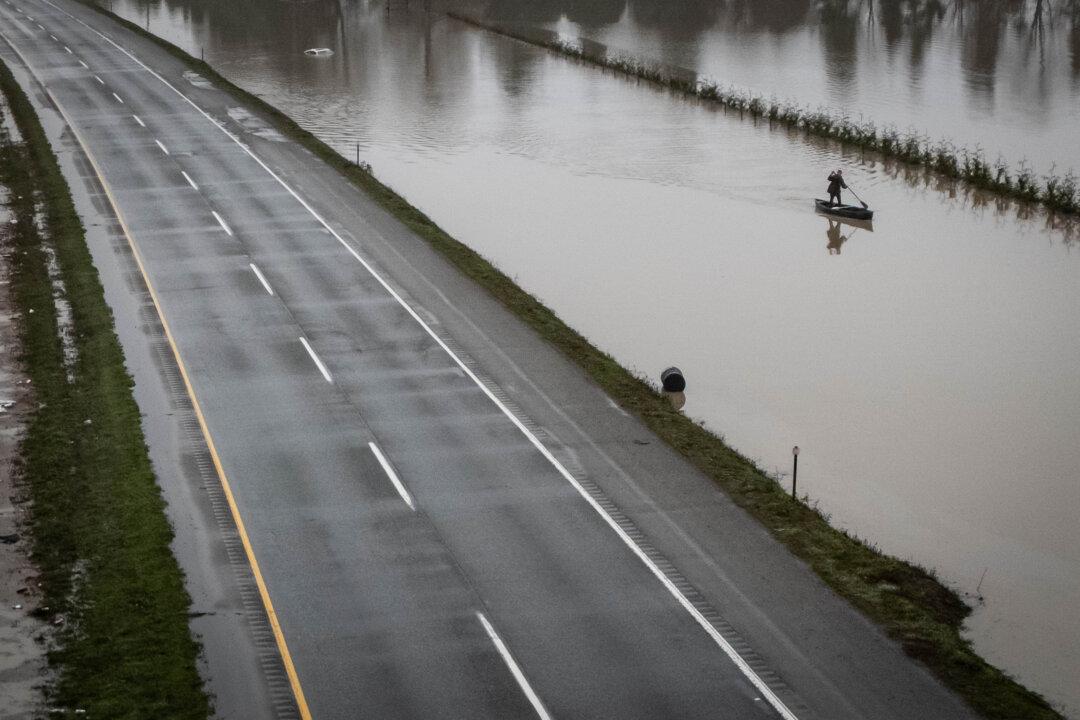The B.C. government says people along the banks of the Chilcotin and Fraser Rivers downstream from a massive landslide should evacuate immediately after water began flowing through the slide.
An emergency alert issued by the province Monday says anyone along the banks of the rivers from Hanceville to the Fraser River, and on down to the Gang Ranch Road Bridge south of Williams Lake, must leave the area due to flooding and debris that “poses a threat to human life.”





